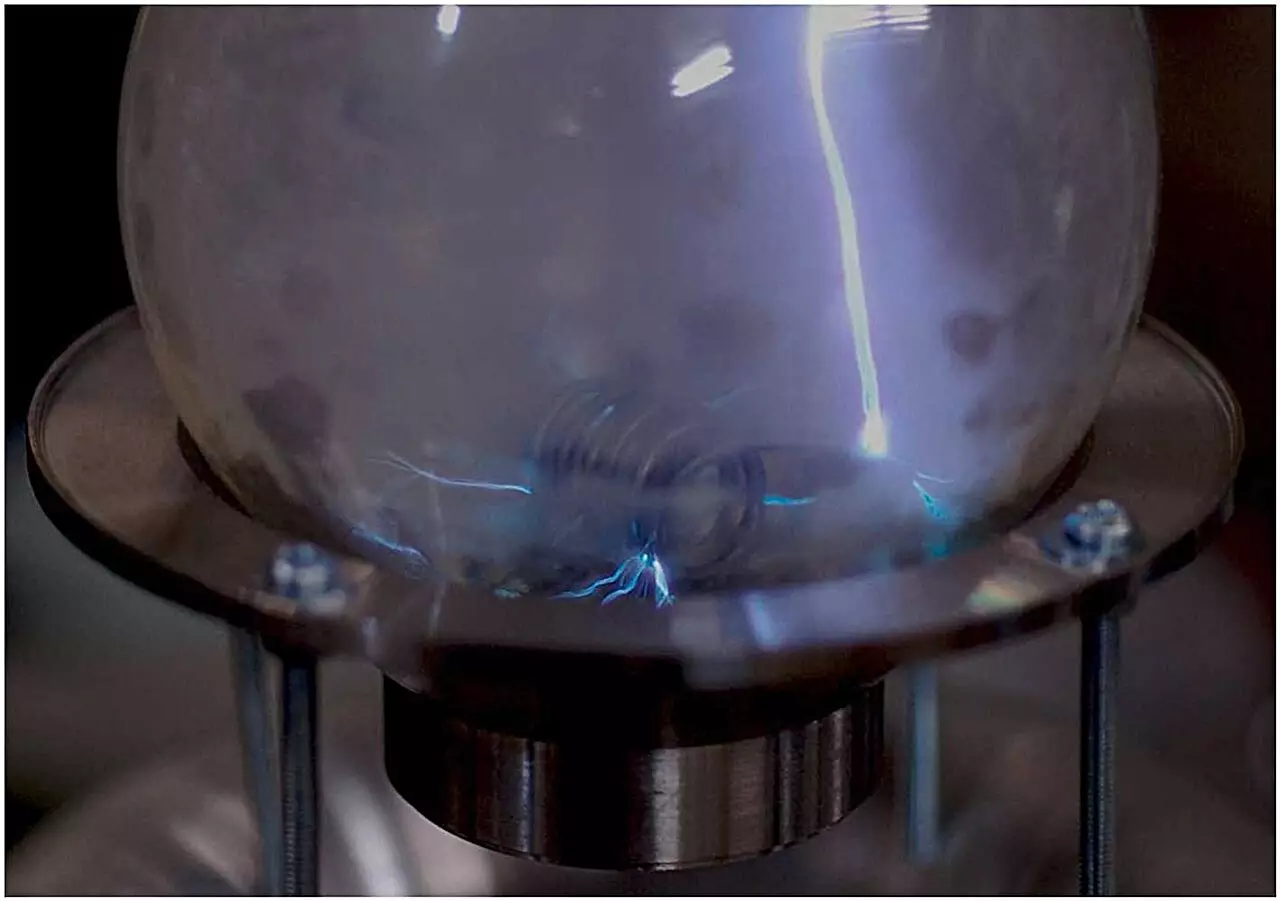The field of synthetic polymer chemistry stands on the verge of transformation, thanks to groundbreaking research from the University of Tsukuba. Traditionally bound by rigid protocols that leverage metal catalysts and radical polymerization initiators, the process of synthesizing crucial polymers like polystyrene and acrylate has been a well-trodden path. However, researchers at this institution have unveiled a novel technique that eschews these conventional methods entirely, leading us to explore the fascinating interplay between modern technology and material science.
At the heart of this research lies an extraordinary application of the Tesla coil, a device renowned for generating high-voltage and high-frequency discharges. This innovative approach allows the generation of monomer radicals through a remote spark discharge treatment, effectively bypassing the need for traditional polymerization initiators. By utilizing the Tesla coil’s capability to generate a significant discharge externally to the reaction vessel, researchers have harnessed electromagnetic energy in a way that is unprecedented in the realm of polymer synthesis. This advancement signifies a major leap forward, enabling the practical synthesis of high-purity polystyrene and polymethyl methacrylate (acrylate), which are cornerstones in the production of common plastic items such as food containers and packaging materials.
The implications of this innovative method extend far beyond the laboratory. The ability to synthesize polymers without environmentally hazardous catalysts opens the door to more sustainable production practices. As concerns about plastic waste and environmental impact become increasingly urgent, this methodology represents an answer to the call for greener solutions in the field of materials science. Furthermore, the new process not only enhances the quality and purity of synthetic polymers but also expands the scope of materials that can be synthesized, including conjugated polymers.
The researchers’ exploration did not end with polystyrene and acrylate. By applying a similar spark discharge treatment to conjugated polymers, they discovered the potential to use generated “solitons” as initiators for polymerization. This pioneering technique challenges established norms in synthetic chemistry and invites further exploration into the dynamic applications of electromagnetic waves in material synthesis. As an innovative approach at the intersection of physics and chemistry, it fosters an exciting environment for future developments.
The team at the University of Tsukuba has not only advanced the methodologies for synthesizing essential polymers but has also ushered in a new era characterized by the use of electromagnetic waves in material science. The implications of this research stretch into sustainability practices, polymer purity, and the sheer breadth of potential applications that can be explored using this method. As this work is published in the esteemed journal Next Materials, it is clear that the fusion of technology and chemistry they are pioneering could reshape the landscape of synthetic polymer research and open avenues previously thought impossible.


Leave a Reply